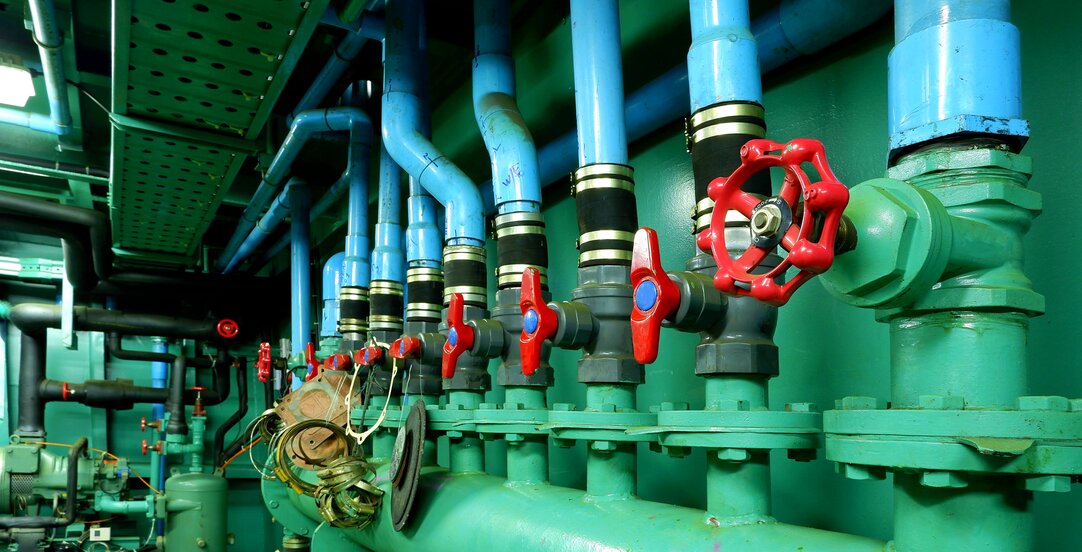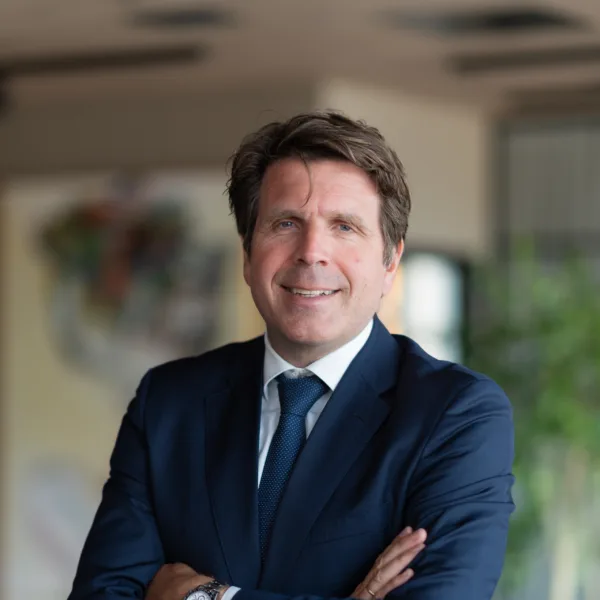The green transition and support in the operational phase

The maritime sector has for many years been actively developing new technology which aims to ensure that the green transition and the climate goals can be achieved. The sector is now close to being ready to take the next steps. However, unless some form of public support is introduced for the operational phase, the transition will likely take more time than some may wish for.
Reading time 5 minutes
In the past few years, both the International Maritime Organization (IMO) and the European Union (EU) have, as part of their strategy to tackle climate change and reduce greenhouse gasses, adopted and proposed several new rules and regulations designed to reduce emissions from the maritime sector. For instance, IMO adopted new energy efficiency requirements in June 2021, with the introduction of the Energy Efficiency Existing Ship Index (EEXI) and Carbon Intensity Indicator (CII). Around the same time, the European Commission, as part of their “Fit for 55”-package, presented two proposals: the FuelEU Maritime and the extension of the EU Emissions Trading System (ETS) to the shipping sector.
The new IMO rules will require shipowners to assess energy consumption and CO2 emissions for existing ships against specific requirements for energy efficiency. The CII designates the vessels covered by the regulation an annual rating between A and E depending on the efficiency of the ship. The requirements for each rating become increasingly stringent over time. If a ship achieves a D rating for three consecutive years or an E rating in a single year, a corrective action plan needs to be developed as part of the ship’s Ship Energy Efficiency Management Plan (SEEMP). The EU proposals form part of the EU’s “basket of measures” designed to address emissions from the shipping sector and specific market failures. The purpose of the FuelEU Maritime initiative is to increase demand for renewable and low-carbon fuels in the shipping sector. Implementation of the ETS aims to ensure cost-effective emission reductions, and that the price of transport reflects the impact it has on the environment, health and energy security.
The industry has already been answering the call – new technology is emerging
With the IMO and the EU’s emphasis on climate change and reduction of greenhouse gasses, we have seen an increased focus from the industry on developing new technology, both in Norway and abroad. The purpose of the new technology is primarily to ensure that the green transition and the climate goals can be achieved. Currently, there are numerous projects ongoing on all levels of the maritime value chain. For example, improved batteries and fuels cells are being developed, aimed at increasing the use of low and zero emission fuels and energy carriers such as hydrogen and ammonia. Further, new ships which will make use of new technologies are being designed and built, and some ships are retrofitted with new technology.
Most of the projects regarding development of new technology have received some form of public economic support. In Norway and within the EU there are several different support schemes, including in particular support schemes from Enova, Innovation Norway and the Norwegian Research Council in Norway. The criteria for receiving support, as well as the amount of economic support (grants) received, depend on the specific project and the conditions which are specified by the public entities. However, and although there are some exceptions such as the EU’s Important Project on Common European Interest (IPCEI), the support schemes generally only provide economic support and grants for capital expenditures (CAPEX), not for operational expenditures (OPEX).
The technology is already available, and the maritime industry is ready …
The lack of support schemes for operational expenditures means that the current support schemes, at least in Norway, are not suitable for addressing market failures and risks in the operational phase. This is by many now viewed as the primary reason for why the maritime sector’s green transition is not going as fast as some may want. The use hydrogen as a zero emission energy carrier for ships is perhaps the most illustrative example in this respect. The use of hydrogen will not only lead to increased operating costs for shipowners compared to conventional fuel (due to the price difference); there is currently also not a fully functional value chain for the use of hydrogen within the maritime sector, which means that it in any event will be difficult to implement on a larger scale. Therefore, while the technology to a large extent is available, few – if any – shipowners wish or are able to be the first mover and take all the increased costs and risks associated with it.
The market failure, both in terms of investment in corresponding production capacities, and availability and use of hydrogen, will likely be difficult to overcome without some form of public economic support. Although due consideration is necessary in light of state aid and competition law rules, many different models could be considered implemented, including Contracts for Difference (CfD), establishing specific funds aimed at addressing the market failures, or a combination of this (use of funds to finance the CfDs). Such support schemes have already been used outside Norway with significant success. We now also see that other models based on the same principles as CfD, such as Germany’s recent EUR 900 million funding of “H2Global”, are being implemented in order to kick-start the transition.
Support schemes in the development phase have proven to be an effective catalyst for development of new technology. In order to speed up the green transition within the maritime sector, the industry and the public authorities now need to sit down, discuss and find models for the operational phase. Norway could in this respect look to what has already been done in other European countries, including implemented and well-known concepts such as the CfD, specific funds, and new emerging public funding/support models such as Germany’s H2Global-model.
